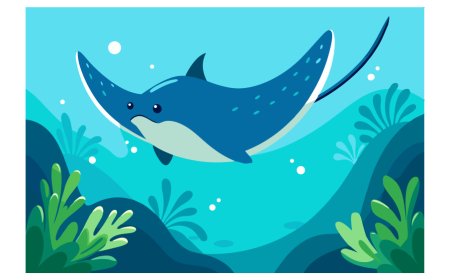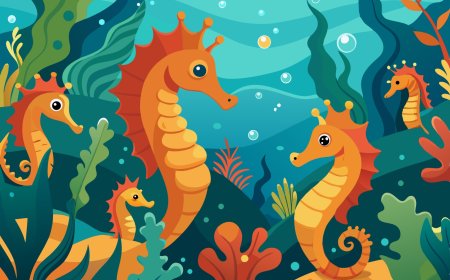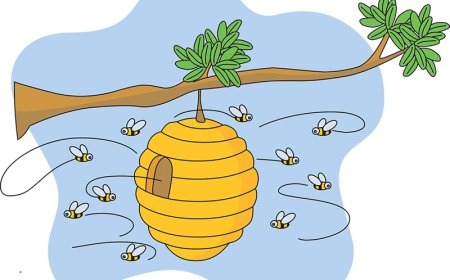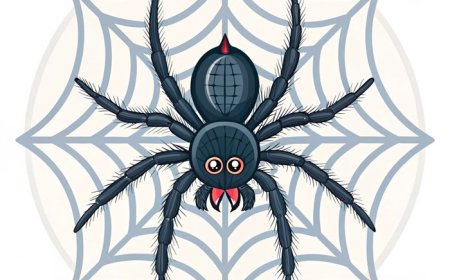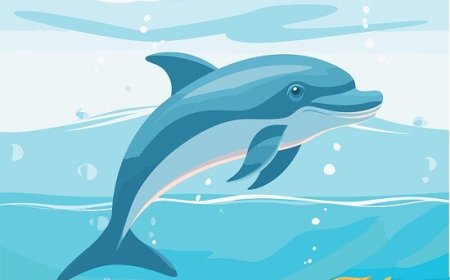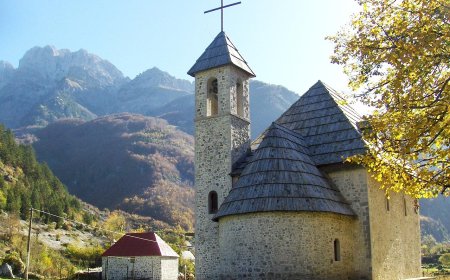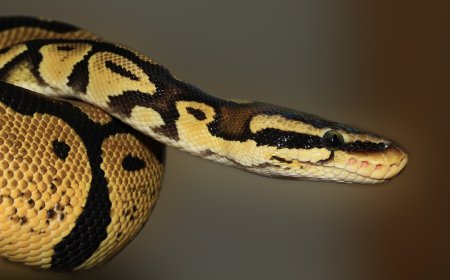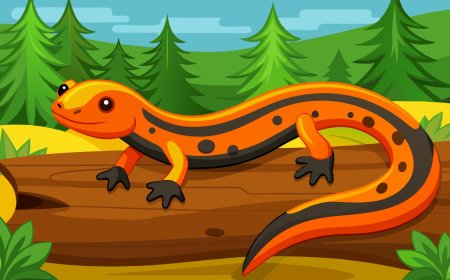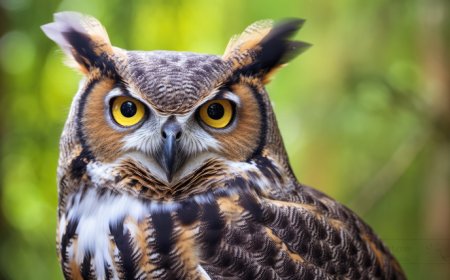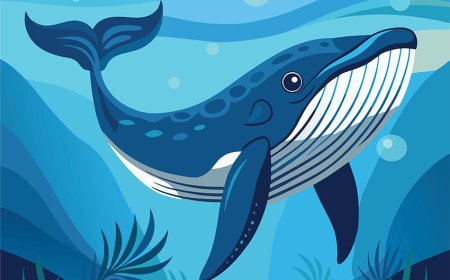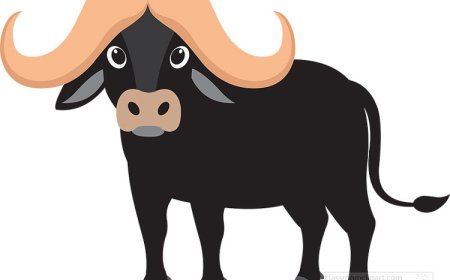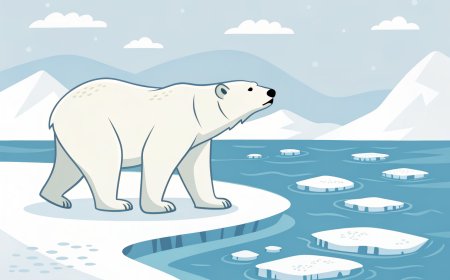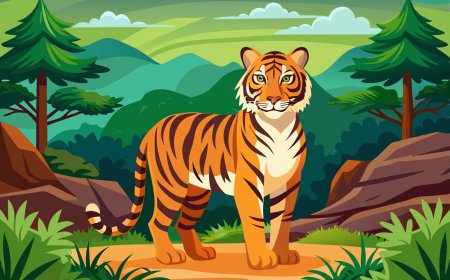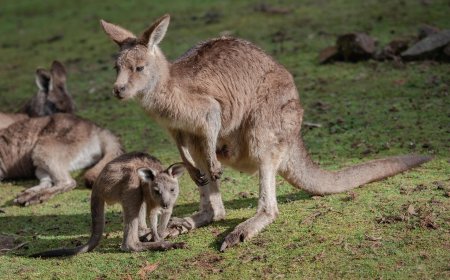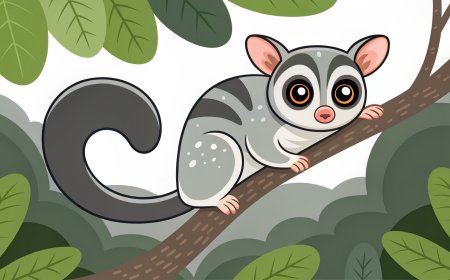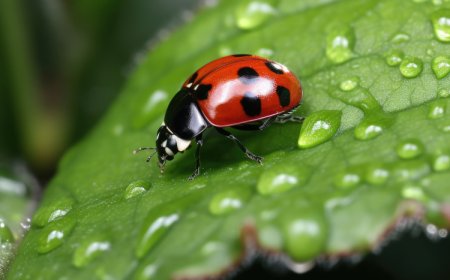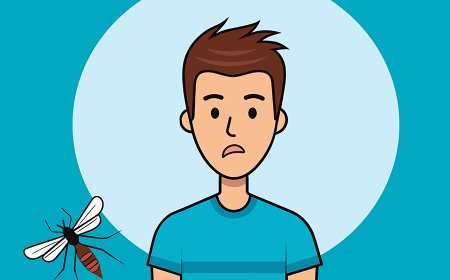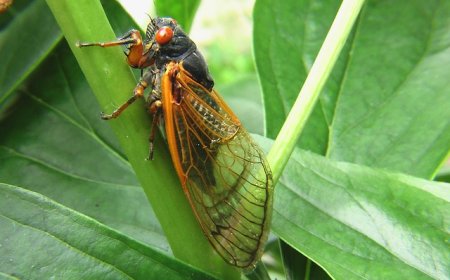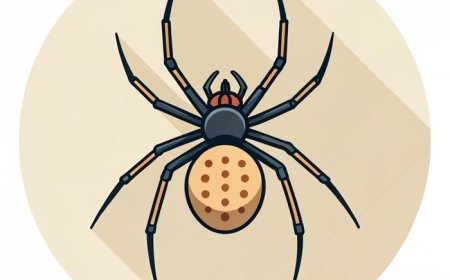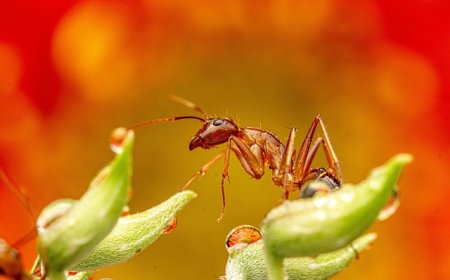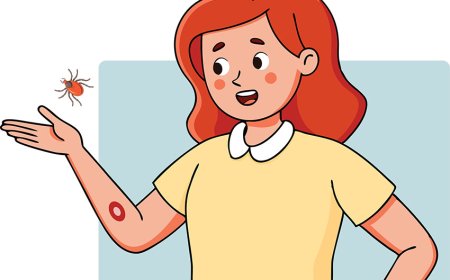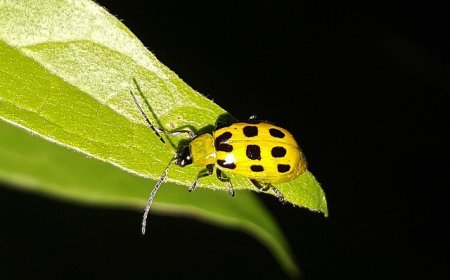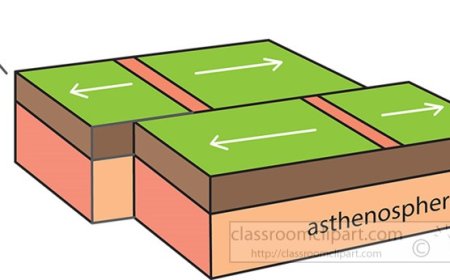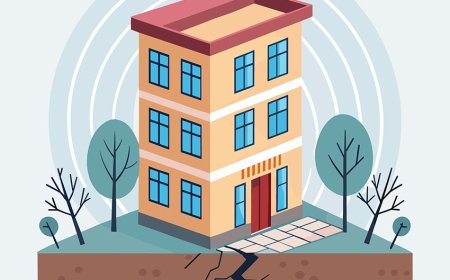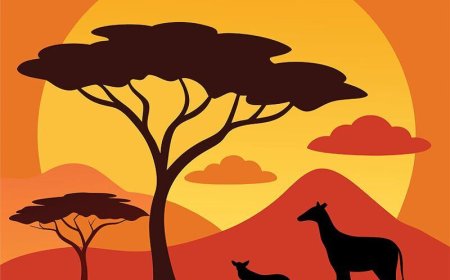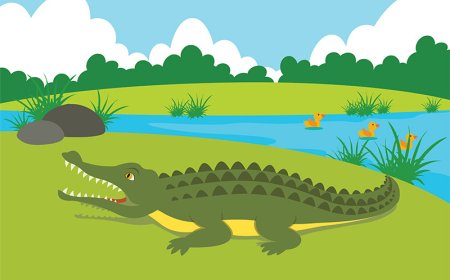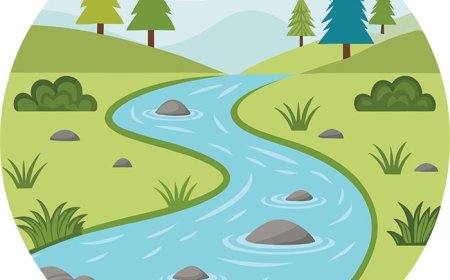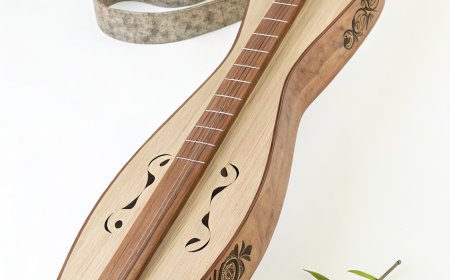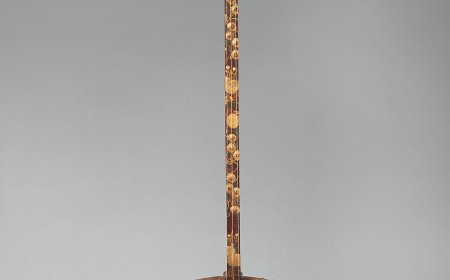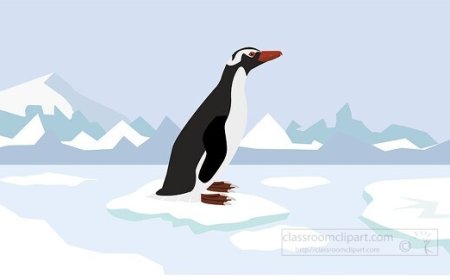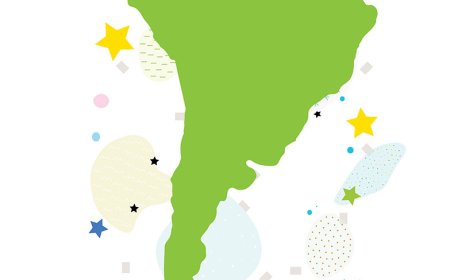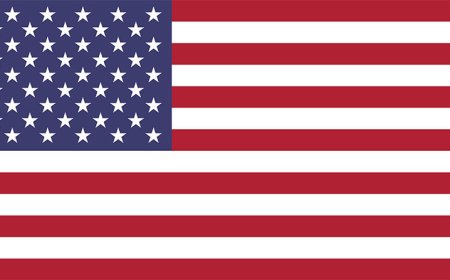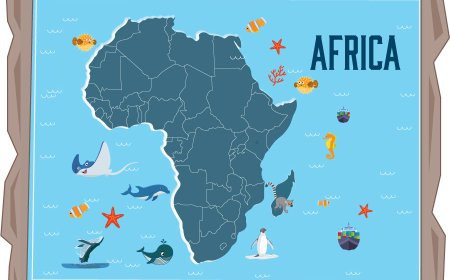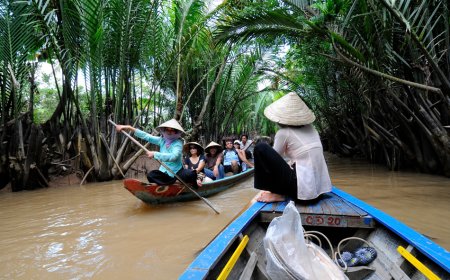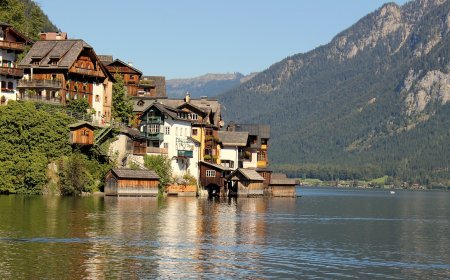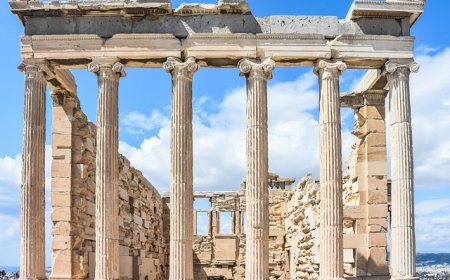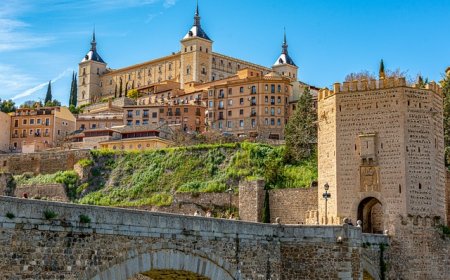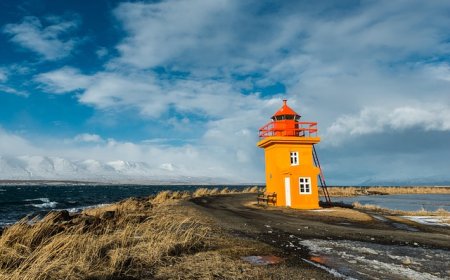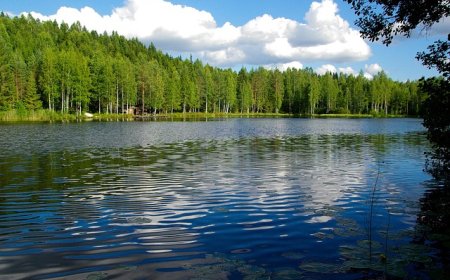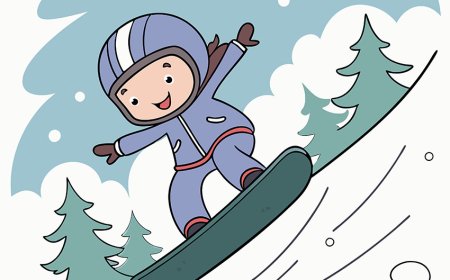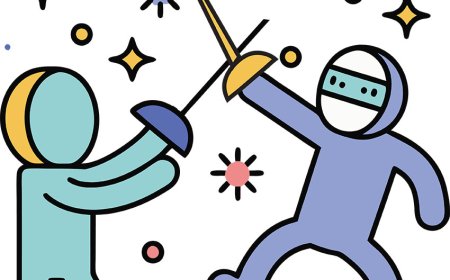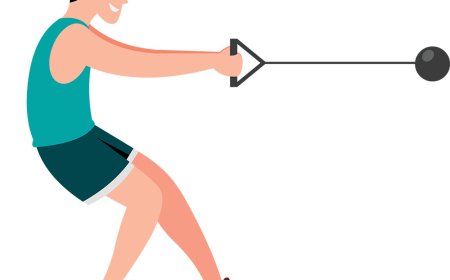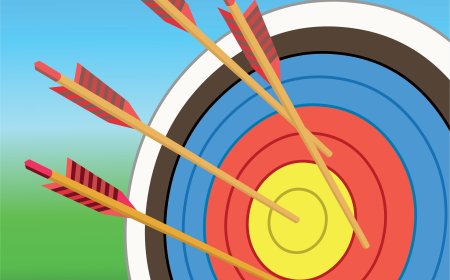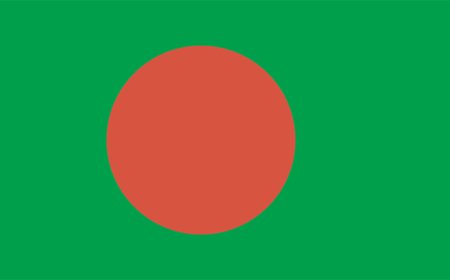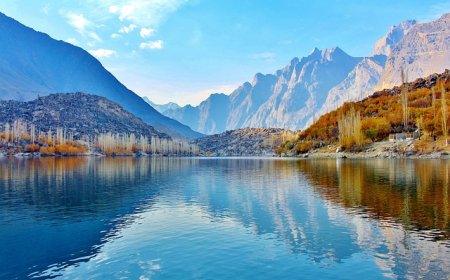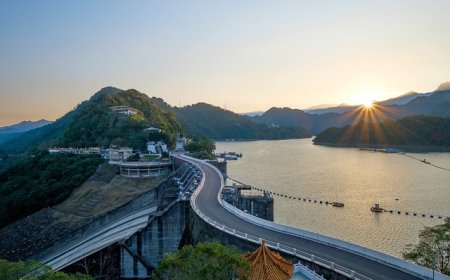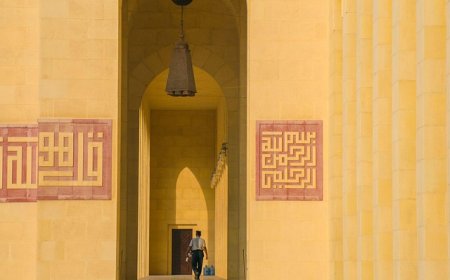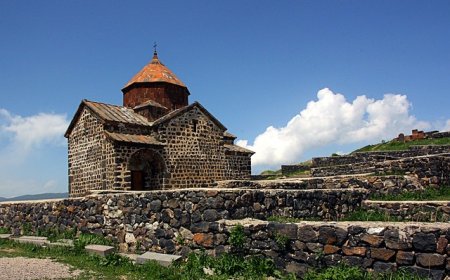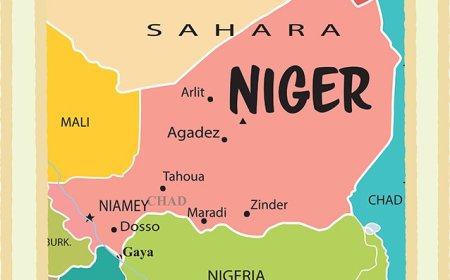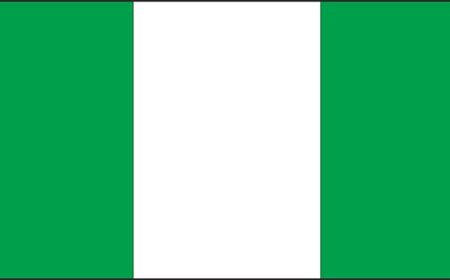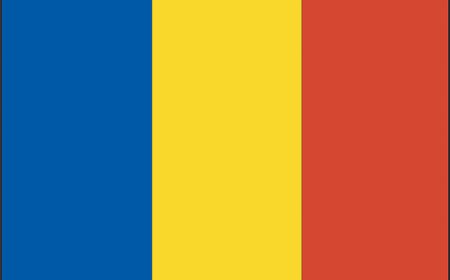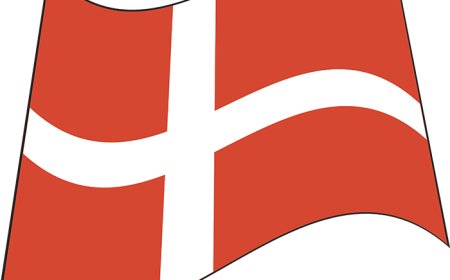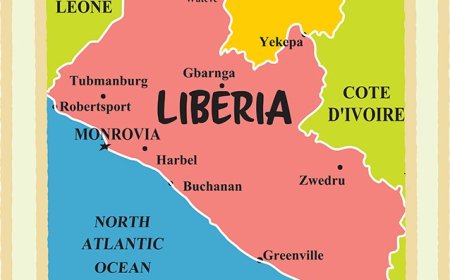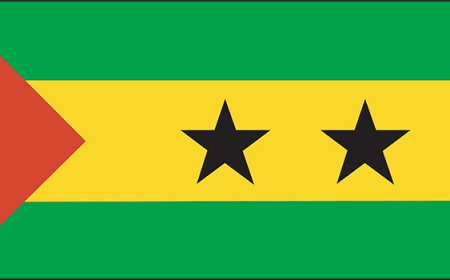Côte d’Ivoire (Ivory Coast) for Students: Geography, History, and Culture of a West African Nation
Discover the geography, culture, and economy of Côte d’Ivoire in this educational article for students. Includes vocabulary, 8-question quiz, and national standards.
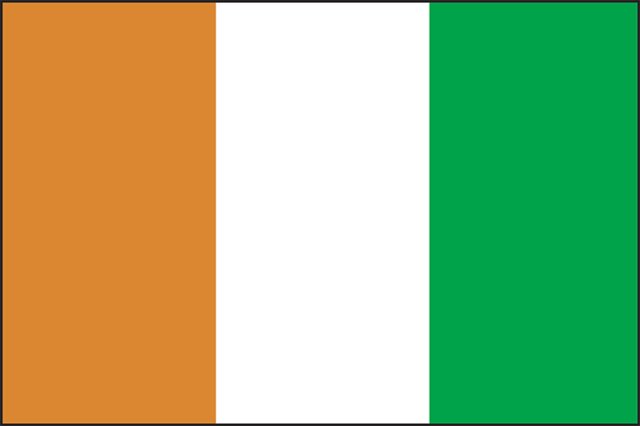
🌍 Introduction: A Country of Energy and Diversity
Côte d’Ivoire, or Ivory Coast, is a West African country full of color, energy, and diversity. From the skyscrapers of Abidjan to the cocoa farms in the countryside, Côte d’Ivoire is a country of both tradition and progress. It's known for its rich music and dance, bustling markets, and as one of the world's largest producers of cocoa, the main ingredient in chocolate.
Named after the ivory once traded along its coast, the country is now famous for its economic power, cultural festivals, and its role as a regional leader in West Africa. Despite past struggles with civil conflict, Côte d’Ivoire continues to grow and shine.
🗺️ Geography and Environment
Côte d’Ivoire is located on the Atlantic Ocean in West Africa. It shares borders with Liberia, Guinea, Mali, Burkina Faso, and Ghana. The country covers about 322,000 square kilometers (124,000 square miles) and has a variety of landscapes, from lush rainforests in the south to savannas in the north.
The southern region has a tropical climate, with heavy rains and dense forests. The central and northern parts are warmer and drier, filled with savanna grasslands and scattered trees. Rivers like the Bandama and Sassandra flow across the country, providing water for people and crops.
The coast includes sandy beaches, lagoons, and mangrove swamps, while national parks like Taï National Park protect endangered animals and plants.
🏛️ Government, Language, and Population
Côte d’Ivoire is a republic with a president and elected parliament. After gaining independence from France in 1960, the country had periods of both peace and conflict. In the early 2000s, civil wars caused division, but peace agreements and elections have helped restore stability in recent years.
The country’s political capital is Yamoussoukro, but the largest city and main economic center is Abidjan, often called the “Paris of West Africa.” It has tall buildings, busy highways, and a lively cultural scene.
The population is around 29 million people, with more than 60 ethnic groups, including the Baoulé, Bété, Senoufo, Dioula, and Akan. These groups each have unique languages and customs.
The official language is French, but many people speak local languages such as Baoulé, Dioula, and others. Most Ivorians follow Islam or Christianity, though traditional beliefs are also practiced in rural areas. The currency is the West African CFA franc (XOF).
🎭 Culture and Daily Life
Côte d’Ivoire is famous for its festivals, music, storytelling, and community spirit. People gather to celebrate life events with drumming, dancing, colorful costumes, and parades. Traditional art includes wood carving, masks, textiles, and beadwork, all rich in symbolism and style.
The country is known worldwide for coupé-décalé and zouglou, two Ivorian music styles that mix African rhythms with modern beats. Music and dance are found everywhere, from street corners to stadium concerts.
Food in Côte d’Ivoire includes attieké (a couscous-like side made from cassava), alloco (fried plantains), fufu, rice, grilled fish, and spicy stews. Meals are often shared by families and eaten together, especially on weekends and holidays.
Family, education, and respect for elders are highly valued. In cities, students attend school during the week, while many rural children help with farming and chores before or after classes.
📜 History: From Ancient Kingdoms to Modern Growth
Long before colonization, the area now called Côte d’Ivoire was home to powerful West African kingdoms, including the Kong Empire and the Baoulé Kingdom. These societies traded gold, salt, kola nuts, and other goods with their neighbors.
In the 1800s, France colonized the region and built roads, schools, and plantations. It became part of French West Africa until the country gained independence in 1960 under its first president, Félix Houphouët-Boigny, who ruled for over 30 years.
During his time, Côte d’Ivoire became one of Africa’s fastest-growing economies. But after his death in 1993, political problems and civil wars divided the country. Since 2011, peace has returned, and the country is working hard to rebuild, grow, and reunite.
💰 Economy and Resources
Côte d’Ivoire has one of the strongest economies in West Africa. Its biggest exports are cocoa, coffee, rubber, palm oil, and gold. The country is the world’s top producer of cocoa, used to make chocolate, and millions of people work on small family farms.
Agriculture employs most of the population, but the country also produces electricity, textiles, and processed foods. Abidjan is a hub for banking, shipping, and telecommunications.
Challenges remain, including poverty, rural-urban differences, and youth unemployment. However, with investments in education, technology, and infrastructure, Côte d’Ivoire continues to move forward.
🌿 Wildlife and Natural Beauty
Côte d’Ivoire is home to rainforests, savannas, and coastal wetlands filled with life. National parks like Taï, Comoé, and Banco protect animals such as chimpanzees, forest elephants, hippos, crocodiles, and rare birds and butterflies.
The coastal areas feature turtles, manatees, and fish, while the inland areas are known for monkeys, antelopes, and even leopards in protected zones.
Tourism is growing, especially for eco-travelers who visit beaches, national parks, and traditional villages. Cultural tours often include mask-making, dance performances, and local cooking classes.
📚 Vocabulary List
Word Definition
Attieké A traditional side dish made from fermented cassava
CFA franc A currency used by many West African countries
Coupé-décalé A popular music and dance style from Côte d’Ivoire
Independence Freedom from being ruled by another country
Mask A carved or painted face covering used in ceremonies
Cocoa The bean used to make chocolate
Savanna A flat area of grassland with few trees
Kola nut A bitter nut once used in trade and rituals
🧒 Kid-Friendly Summary
Côte d’Ivoire, also called Ivory Coast, is a West African country known for cocoa farms, bright clothing, and music you can dance to. Big cities like Abidjan are full of people and tall buildings, while the countryside has farmers growing cocoa, rice, and bananas. People speak French and many other African languages. They celebrate with music, storytelling, and colorful festivals. The country has had tough times but is now peaceful and full of life and energy.
🎯 Interactive Quiz: Test Your Knowledge of Côte d’Ivoire
1. What is Côte d’Ivoire’s capital city?
a) Abidjan
b) Yamoussoukro
c) Bamako
d) Dakar
2. What major crop is Côte d’Ivoire famous for?
a) Coffee
b) Cocoa
c) Corn
d) Tea
3. What is the official language of Côte d’Ivoire?
a) English
b) French
c) Portuguese
d) Arabic
4. What is attieké made from?
a) Rice
b) Wheat
c) Cassava
d) Corn
5. What is coupé-décalé?
a) A dessert
b) A national park
c) A music style
d) A traditional robe
6. What is the name of the major city on the coast?
a) Yamoussoukro
b) Cotonou
c) Abidjan
d) Niamey
7. Which animal might you find in Taï National Park?
a) Penguins
b) Chimpanzees
c) Polar bears
d) Kangaroos
8. When did Côte d’Ivoire gain independence from France?
a) 1885
b) 1990
c) 1960
d) 2002
